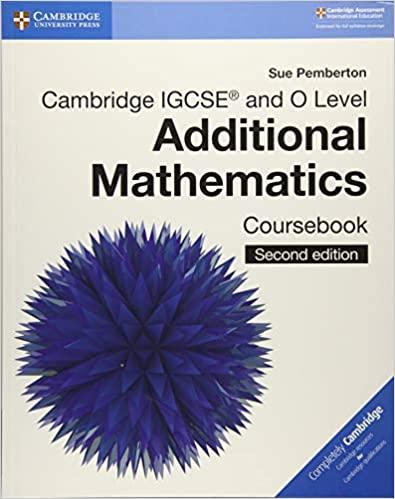Answered step by step
Verified Expert Solution
Question
1 Approved Answer
content area top Part 1 How do data scientists use cross-validation and holdout samples? Question content area bottom Part 1 A. Data scientists use cross-validation
content area top Part 1 How do data scientists use cross-validation and holdout samples? Question content area bottom Part 1 A. Data scientists use cross-validation models and holdout samples to train models. They choose among competing models based on how well the models perform in making classification or predictions on a separate randomly selected data set. Data scientists then use that data set to calculate various statistical measures (Rsquared, t-values, and F-values) that are then used to choose among models. B. Data scientists use cross-validation models and holdout samples to compare the performance of fully grown vs. pruned decision trees. In doing so, the goal is to minimize the likelihood value of the predictions. C. Data scientists use cross-validation models and holdout samples to identify a receiver operating characteristing curve that plots the false positive rate on the x-axis and the true positive rate on the y-axis. Comparing these two rates provides insight into how well a model correctly classifies results at any threshold value. D. Data scientists cross-validate models by comparing predictions of different models on a new set of data for which the actual outcomes are already known. Data scientists also verify that the overall likelihood value
Step by Step Solution
There are 3 Steps involved in it
Step: 1

Get Instant Access to Expert-Tailored Solutions
See step-by-step solutions with expert insights and AI powered tools for academic success
Step: 2

Step: 3

Ace Your Homework with AI
Get the answers you need in no time with our AI-driven, step-by-step assistance
Get Started


